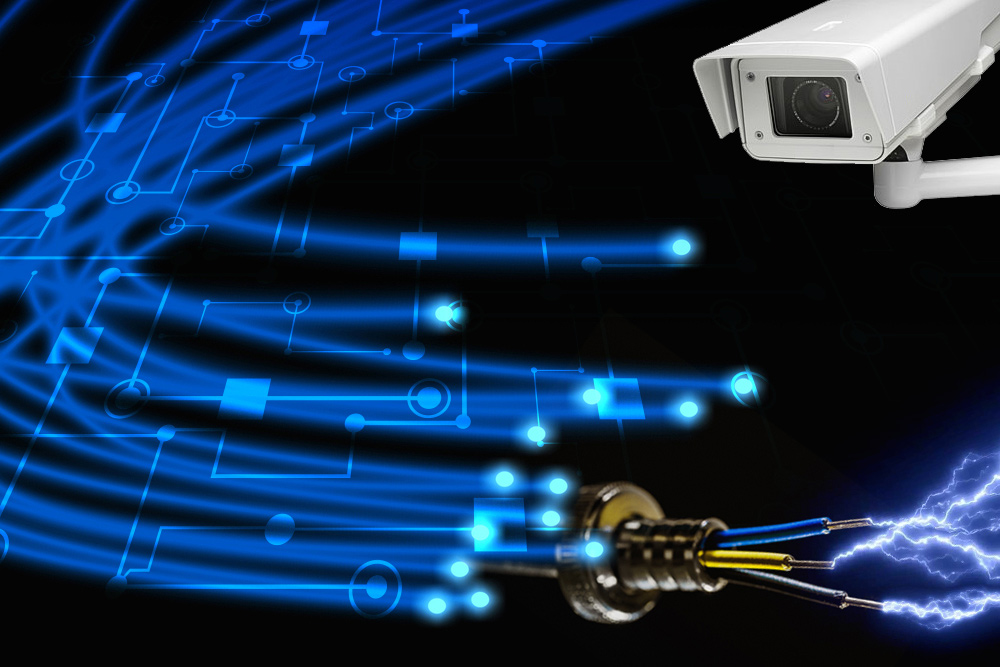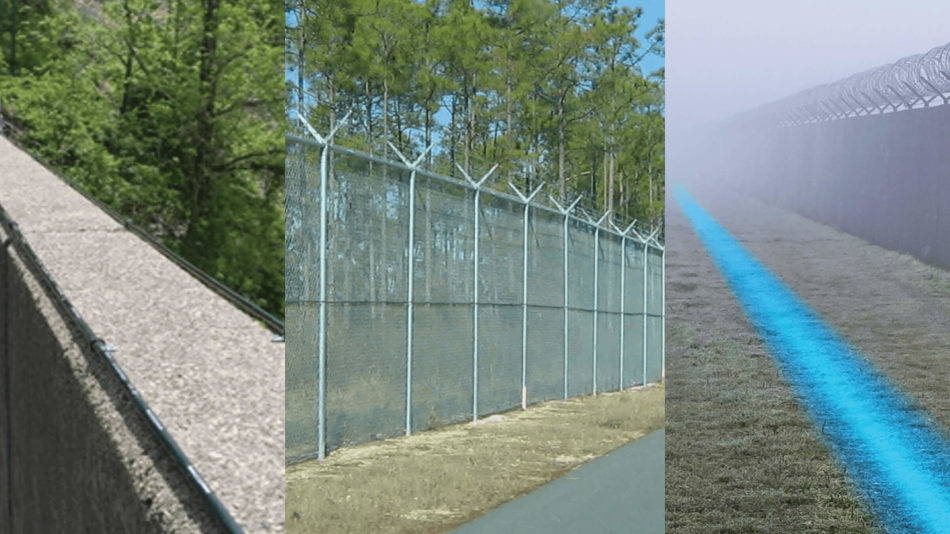Why Fiber Optic Safety And Security Equipments Are the Future of Protection
The shift to fiber optic security systems marks a significant improvement in the world of defense, driven by their extraordinary data transmission capabilities and resilience to exterior interferences. These systems not only facilitate faster and much more reputable interaction yet also offer a cost-effective option with decreased maintenance requirements. As the landscape of safety and security progresses together with arising technologies such as AI and IoT, the capacity for optical fiber to improve and redefine protection facilities ends up being progressively obvious. Nevertheless, the implications of these developments increase essential questions concerning the future of protection actions and their effectiveness in an ever-changing environment.
Advantages of Fiber Optic Systems
One of the key advantages of fiber optic systems is their exceptional bandwidth ability, which promotes the transmission of huge quantities of information over long distances without considerable loss. This particular is particularly advantageous for protection applications that require the continual tracking and transfer of high-definition video feeds, sensing unit data, and various other crucial info. Fiber optics can suit the growing needs of modern-day safety systems, guaranteeing that data continues to be intact and trustworthy.
Additionally, fiber optic cables are much less vulnerable to electromagnetic interference, which can be a considerable problem in settings with different digital devices. This resistance improves the honesty of the data being transmitted, thereby lessening the danger of data breaches or system failures. Moreover, fiber optic systems are inherently extra protected than typical copper cords, as taking advantage of a fiber optic line without discovery is exceedingly difficult.
The durability of fiber optic cords likewise adds to their charm. They are immune to ecological aspects such as dampness and temperature level fluctuations, decreasing upkeep expenses and increasing system longevity. On the whole, these benefits position fiber optic systems as a robust and reliable selection for modern-day protection infrastructures, making sure dependable and protected data transmission.
Improved Information Transmission Rate

The capacity to send large amounts of data rapidly assists in the seamless assimilation of high-def video feeds and progressed analytics. Safety and security systems can now refine and analyze information in real-time, improving action times and situational awareness. In addition, fiber optic links support longer transmission distances without degradation of signal high quality, making them excellent for extensive protection networks.
The enhanced rate of fiber optic systems not just enhances the performance of safety operations yet also reduces latency. This is especially vital in crucial circumstances where timely decision-making can prevent protection breaches or mitigate potential hazards. As organizations proceed to prioritize safety and efficiency, the need for quick and reputable information transmission will certainly strengthen fiber optic systems as a foundation of modern-day protection infrastructure.
Resistance to Interference
Fiber optic security systems consistently show extraordinary resistance to electro-magnetic disturbance, an important advantage in environments vulnerable to electronic sound. Unlike typical copper cable televisions, which can be negatively affected by electro-magnetic areas, superhigh frequency disturbance, and various other forms of electric disruption, fiber optic cable televisions use light to send data. This intrinsic property makes sure that the signals remain clear and unchanged, no matter of bordering digital task.
Making use of glass or plastic fibers in fiber optic innovation produces a barrier against interference, permitting reliable data transmission also in tough circumstances such as commercial facilities, city areas with high electronic web traffic, or locations near radio towers. This characteristic considerably lowers the probability of signal degradation or look at this web-site loss, making fiber optic systems especially appropriate for protection applications where honesty and precision of information are vital.
Additionally, this resistance to interference improves the total efficiency and reliability of safety systems, making certain that monitoring and alert systems work flawlessly. In a world where safety and security is progressively intimidated by innovative technologies, the resilience of fiber optic systems sticks out as an essential attribute, enhancing their status as a vital part of modern-day protection framework.
Cost-Effectiveness With Time
Significant cost savings can be achieved in time with the application of fiber optic safety systems. While the preliminary financial investment may seem greater contrasted to typical copper-based systems, the long-lasting financial benefits emerge with decreased operational and maintenance prices (fiber security). Fiber optic wires are naturally a lot more resilient and much less prone to ecological elements, which translates to lower substitute and fixing costs over their life expectancy
Furthermore, fiber optic systems call for less power to run, which even more lowers energy prices. Enhanced information transmission capabilities enable for fewer repeaters and amplifiers, lessening equipment financial investment and streamlining installment processes. The scalability of these systems additionally adds to cost-effectiveness, as companies can expand their protection infrastructure without incurring substantial extra expenditures.
One more factor to take into consideration is the enhanced performance in monitoring and feedback capabilities that optical fiber provide. Improved real-time information transmission can result in quicker occurrence response times, potentially mitigating losses and liabilities connected with protection breaches. Altogether, the lasting benefits of fiber optic security systems not only justify the preliminary expense yet additionally position them as an economically sensible selection for companies looking for durable protection services.

Future Technologies in Security
Advancing modern technologies are set to reinvent protection systems, integrating expert system (AI) and machine knowing to improve hazard discovery and response abilities. These advancements will certainly allow security systems to evaluate huge quantities of information in real-time, recognizing patterns and anomalies that suggest prospective hazards. This positive approach will certainly make it possible for much faster decision-making and more effective event reactions.
Furthermore, the consolidation of the Web of Points (IoT) is paving the method for interconnected safety gadgets, using comprehensive monitoring and tracking. Smart sensors can communicate info about environmental changes, while automated alerts can alert Visit This Link protection employees quickly of dubious tasks.
Furthermore, the development of biometric technologies will certainly better strengthen safety systems. Facial acknowledgment, finger print scanning, and retina identification are becoming more sophisticated, giving layers of verification that are challenging to bypass.
Conclusion
Finally, fiber optic protection systems represent a significant advancement more info here in defense innovation, providing unrivaled data transmission rate, resistance to electromagnetic disturbance, and long-lasting cost-effectiveness. As the demand for advanced safety and security remedies proceeds to grow, the integration of optical fiber with arising technologies such as AI, IoT, and biometrics will certainly even more enhance safety infrastructures (fiber security). The mix of these advancements will make sure a much more safe and secure and responsive setting, solidifying optical fiber as a keystone of future safety systems